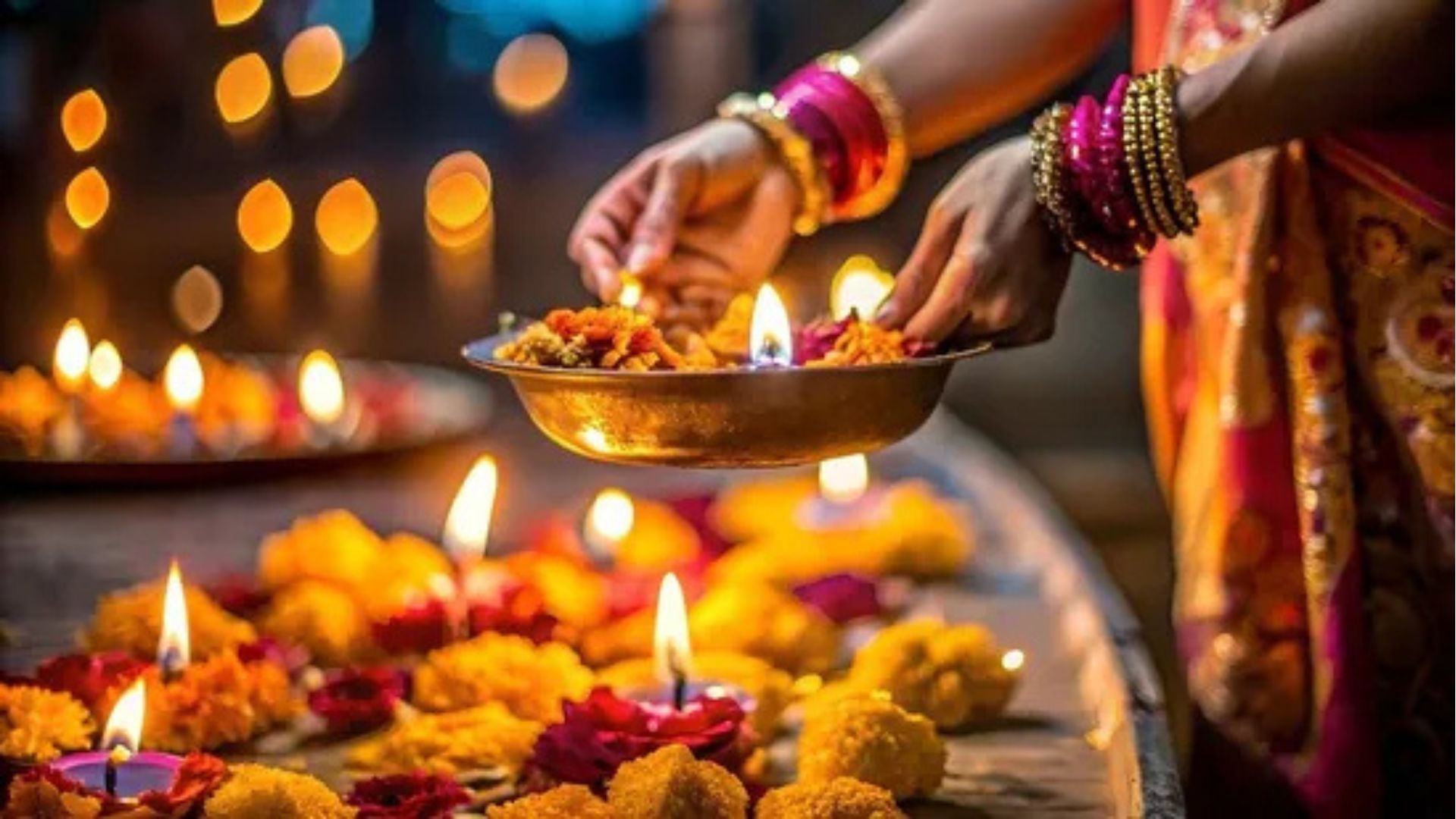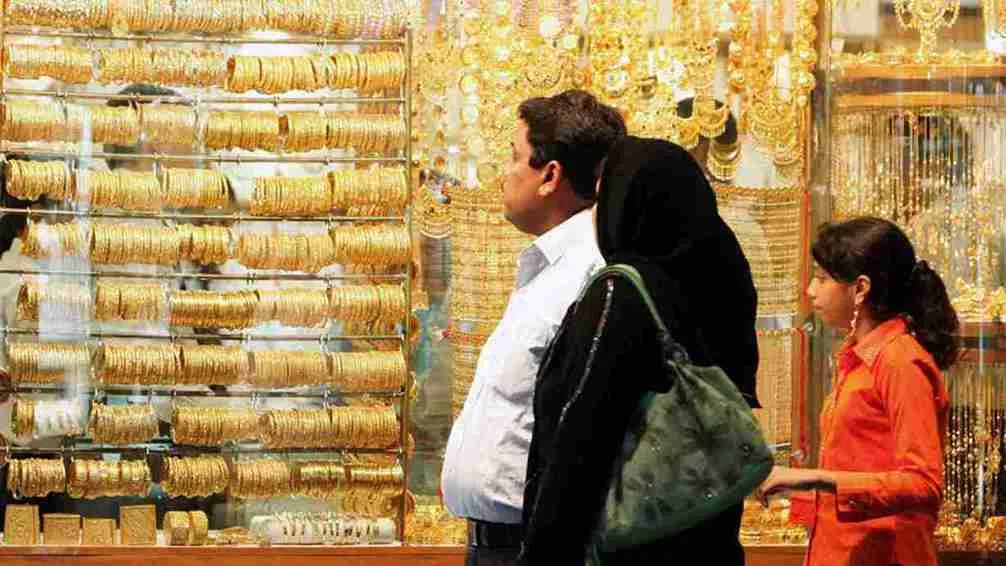Diwali, also known as Deepawali, is the grand festival of lights celebrated by Hindus worldwide. It begins on October 29 and culminates with Bhai Dooj on November 3. This cherished five-day celebration symbolizes the triumph of light over darkness and includes various traditions that bring joy, prosperity, and spiritual renewal. A key Diwali custom is lighting diyas, small clay lamps, to invite blessings into the home and life. Here’s a guide to the number of diyas traditionally lit daily to honor the festive season.
Dhanteras – October 29
Dhanteras, the first day of Diwali festivities, is dedicated to honoring wealth, health, and prosperity. On this auspicious day, it is customary to light 13 diyas. Each diya holds symbolic meaning, placed around the home to spread positive energy. Traditionally, diyas are positioned at the entrance to welcome guests and prosperity, in the kitchen to represent abundance and health, and in the puja room to seek blessings from the divine.
Also known as Kali Chaudas, Choti Diwali is observed with 14 diyas. A specific arrangement is recommended for this day: place 11 diyas around the edge of a plate with a four-faced diya in the center. Light the central diya first, followed by the others. Adding sugar or sweets to the diyas represents a wish for sweetness and prosperity, enhancing the day’s blessings for the household.
Badi Diwali (Main Diwali) – October 31
On Badi Diwali, or Lakshmi Puja, homes are illuminated with numerous diyas to welcome Goddess Lakshmi, the deity of wealth and prosperity. It is common to place diyas throughout the house, including courtyards and balconies, to share the joy and warmth of Diwali with the community. Although there’s no set number, many choose to light as many diyas as they can, symbolizing hope for a bright and prosperous future. Safety is key: always place diyas in secure locations and avoid leaving them unattended.
While these guidelines provide a traditional framework, there’s no one “correct” way to light diyas during Diwali. Some may prefer to follow their family customs or light additional diyas as a personal choice. Ultimately, what matters most is the intention behind each diya—lit with a sincere heart, wishing for joy, prosperity, and positivity in the coming year.









